A Brief History of Caparison Guitars
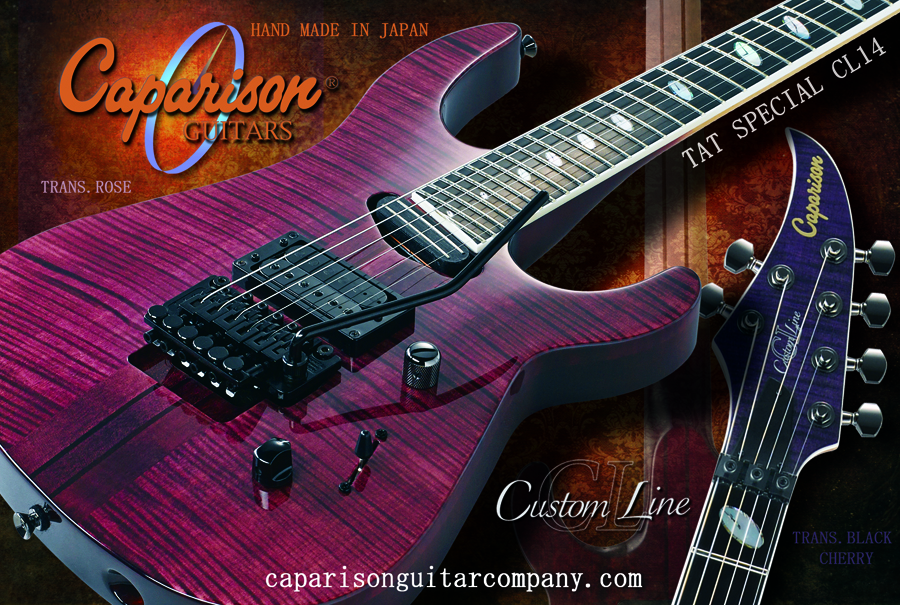
The mid-Nineties were arguably the start of the great transition in rock and heavy metal music.
The days of style over substance, epitomized by late-Eighties hair metal bands, were coming to a grinding halt, and while the guitar still ruled the roost, the demands on the instrument were rapidly changing from flashy graphics to substance.
It was at this time that former Charvel/Jackson staffers, at the company's Japanese division, who were responsible for such design classics as the Charvel CDS AND CDS II Series, the Questar Series and the Jackson Doug Aldrich Model, Soloist Special, Dinky AXE and Falcon, caught on to the general zeitgeist of that era and decided to get serious.
Caparison Guitars was formed in 1995 and quickly adopted an approach whereby the needs and the tested opinions of professional guitarists would become paramount in their design. Features that would normally only be found on custom instruments would become the norm, form would follow function and nothing would be spared to create the best-sounding and playing instruments possible.
One of the first unique Caparison design features to be worked on was the creation of the iconic "Devils Tail" headstock, an instant and recognizable calling card for the emerging brand. Another cool design quirk was the introduction of "clock" neck inlays, each showing a different time for each fret position (1 o'clock on the first fret, 3 o'clock on the third, 5 o'clock on the fifth fret, etc.).
To get the unique sound Caparison was looking for, many branded pickups were tested before the decision was made to have its own custom Caparison pickups manufactured, all meticulously set up and wound to best suit and focus the tonal characteristics of each guitar. These pickups would be the foundation of the distinctive tone produced by Caparison Guitars and would be kept exclusive to the brand. The first guitars hit the streets of Tokyo in 1996 and gained an instant cult status.
As their almost mythical reputation grew and despite not having a long established history Caparison quickly accrued a whole host of new devotees and international artists, Stevie Salas, Arch Enemy’s Christopher Amott, Soilwork’s Peter Wichers, James Murphy of Testament and Obituary, Juan Croucier of Ratt, Mattias ‘IA’ Eklundh, Andy LaRocque of King Diamond, Dennis Stratton formally of Iron Maiden were amongst those who first championed Caparison Guitars and played them hard on stages all over the world, remarking on their stability and effortless playability. Due to increasing public demand, in 2005 the guitars were first exported into shops in Europe, and a year later they hit the United States.
Get The Pick Newsletter
All the latest guitar news, interviews, lessons, reviews, deals and more, direct to your inbox!
As time moved on the guitars continued to evolve and improve in their own unique way, never bowing to the style over substance approach and always liaising with the people that mattered most – their players, things were on a roll for the Japanese company. Caparisons were now also the weapons of choice for A list players such as Joel Stroetzel and Adam Dutkiewicz of Killswitch Engage, Periphery’s Mark Holcomb and Jake Bowen, Rob Marcello, Matthew Wicklund of Himsa and later God Forbid, Michael Romeo and bassist Michael LePond of Symphony X as well a host of new up and coming shredders. They were also becoming a firm favourite amongst guitar techs too, as their inherent qualities made for a low maintenance instrument.
In a typical move to try to achieve sonic perfection, and as an example of their desire to innovate, during 2008 the company’s chief designer, Itaru Kanno, introduced the HGS System as an option for the already popular Dellinger, Angelus and 27 fret Horus models. HGS stood for ‘Heavy Gauge Strings’ and was a system whereby the bridge was moved 3mm further down the body and the pickups moved accordingly too. This amazing attention to detail and lateral thinking allowed serious down tunings of the guitar but allowed the string tension to remain correct without having to alter the neck length at all and hence the players technique. Okay so maybe there is such a thing as style and substance!
Towards the end of 2009 Caparison introduced an original design fixed bridge to the hard tail versions of their Dellinger model guitars. The bridge was manufactured by Gotoh and featured a light weight Duralium base plate (which was one of the earliest types of age-hardenable aluminium) and solid brass Gotoh saddles. The bridge was designed to accommodate extreme string gauges, which were becoming increasingly popular as bands continued to tune their guitars even lower and lower. Two grub screws either side of the bridge plate were also used to ‘lock’ the saddles in place helping to keep the intonation true under such acute conditions and also enabling the whole bridge to act as one solid mass thus increasing overall sustain.
2011 brought a substantial change in Caparison’s fortunes, while the guitars where still produced in Japan under Itaru’s meticulous supervision, the business side of things would now be handled in the UK by their new owners and under the new name of the ‘Caparison Guitar Company’.
As opposed to the previous Japanese conglomerate that controlled Caparisons agenda, the new British company had a wealth of experience and history in the guitar making business and that was integral in ensuring that these guitars would gain the attention and exposure fitting of an instrument that ranks amongst the world’s very best. Caparisons notoriety was quickly spreading. A new raft of devotees were now rocking out on some of the world’s biggest stages with their Guitars, Motörhead’s Phil Campbell, Mantas of Venom fame, old school thrashers Onslaught and Jona Weinhofen of Bring me the Horizon. Bands as diverse as The Sweet and Sabaton, Evergrey and At The Gates were all taking Caparison guitars out on the road and all remarking on the stability, tone and overall quality of their instruments.
During late 2011 to 2012, new body wood constructions were researched and introduced to the range as an evolution of the HGS system, the M3B consisted of a central Maple core sandwiched between two mahogany sides and the WM construction which was a Walnut-Mahogany composite. Each body type designed to further enhance and improve the sustain and tonal range of each guitar. Further upgrades were also implemented during the following year, always listening to comments from all Caparison players whether it was face to face or via their forums, the switches and pots were upgraded, corrosion resistant screws fitted to all Schaller Trem systems by Caparison’s request and a faster more comfortable neck profile developed.
Players now included the likes of Tim Millar of Protest the Hero, Olof Mörck from Ameranthe, Kevin Verlay of Mors Principium Est, Ville Friman from Insomnium, I Killed The Prom Queen, as well as a whole host of established musicians where the Caparison, while maybe not being seen on stage, was certainly their number one studio guitar of choice.
At the NAMM show in 2014 Caparison unveiled the new Japanese built C2 Series range of guitars. These would consist of the more popular body designs but were stripped down versions of the ‘Regular Series’ guitars and were priced accordingly. Still built with Caparisons now renowned level of finish, the C2 Series would still feature the instantly recognisable ‘Devil’s Tail’ headstock, but were now fitted with either DiMarzio or EMG pickups, solid Mahogany bodies and standard dot fingerboard inlays.
In the coming months new innovations, ideas and more than a few surprises are due from the Caparison Guitar Company, their form follows function ethic still very prevalent in these new designs. Constantly striving to produce the best instruments possible, their tireless pursuit of perfection still driving them on to pioneer and champion the needs of the modern guitarist.
Everyone at the Caparison Guitar Company, is fully aware that the future of their company is solely down to the musicians that play their guitars now and to those players yet to come. Their intention is to continually exceed expectations and provide the very best road ready, high quality instruments that can be made, with no attention to detail left chance. It is no surprise that Caparison sits proudly within a small group of elite guitar manufacturers and it is their intent to continue to build on Caparison Guitar’s already considerable reputation and legacy.
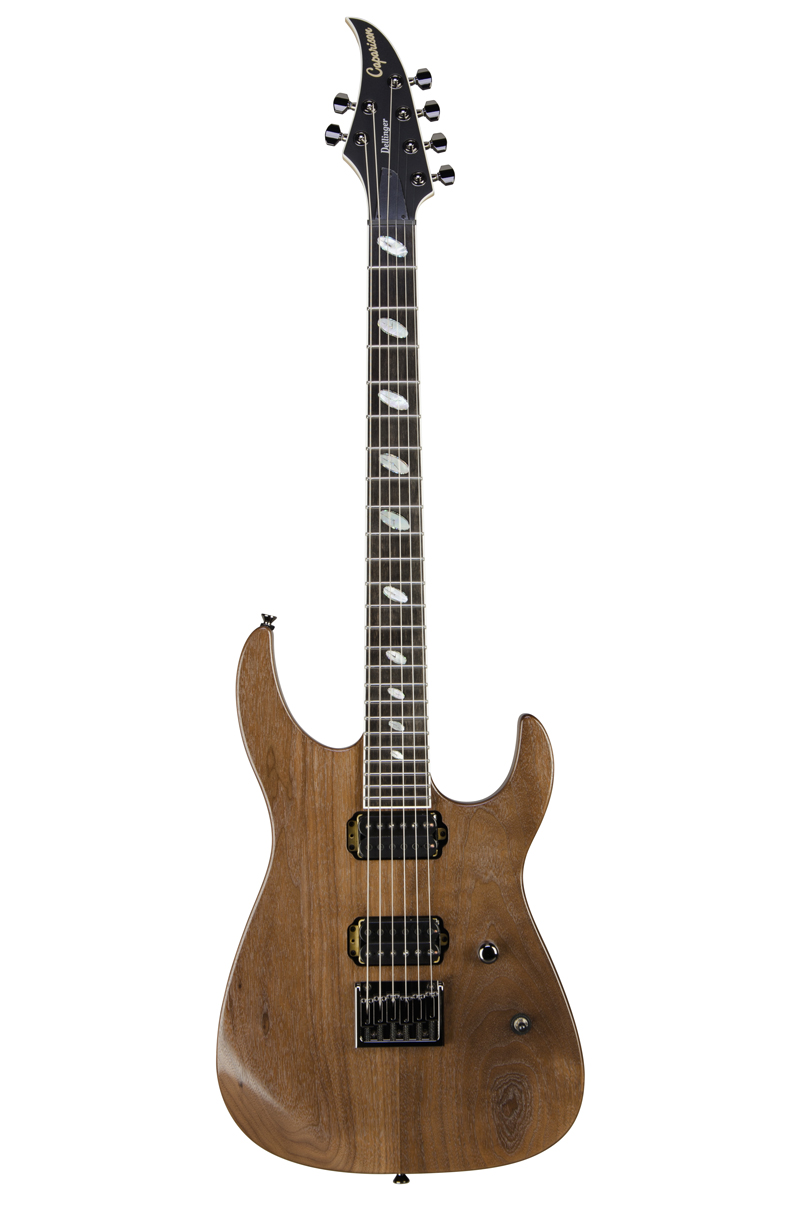
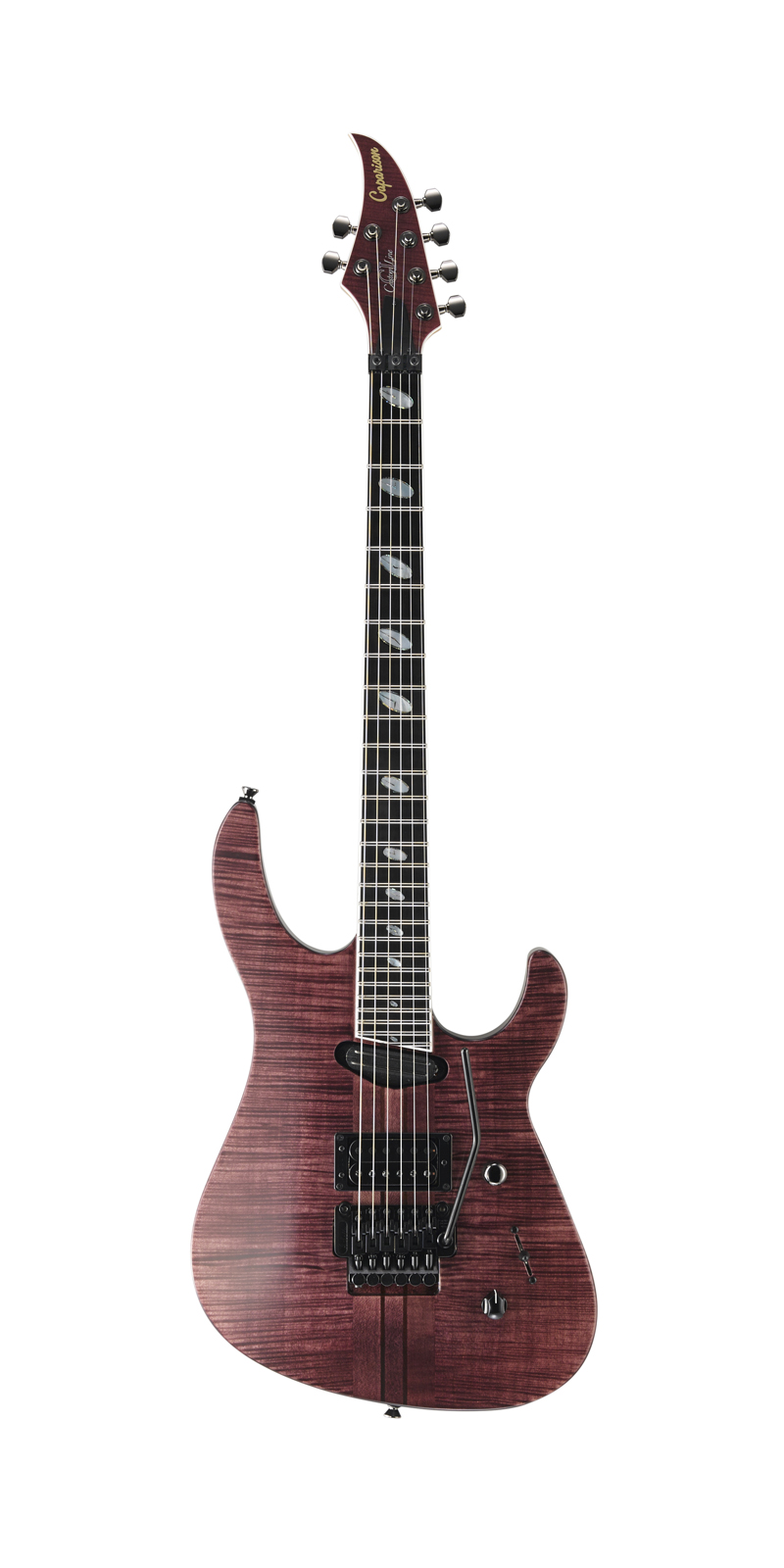
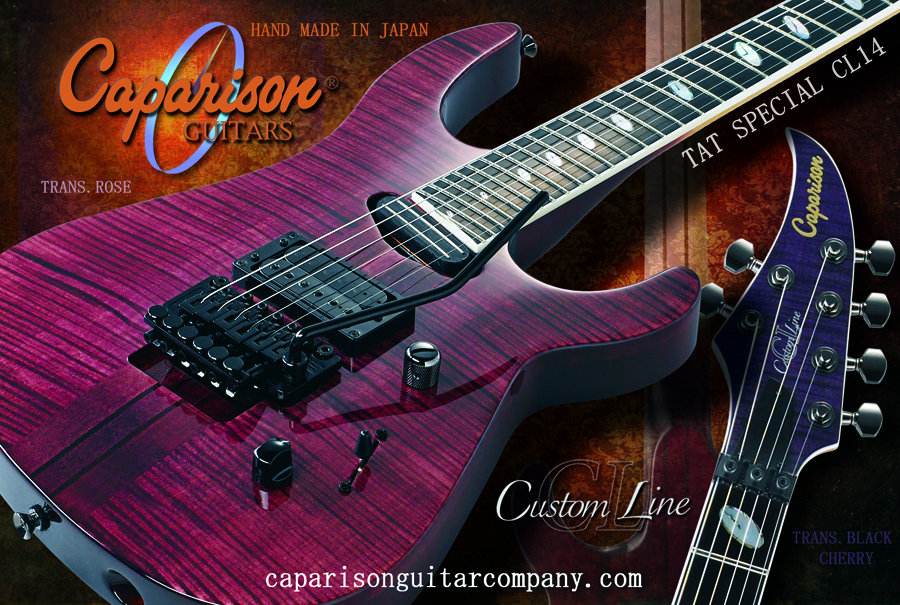
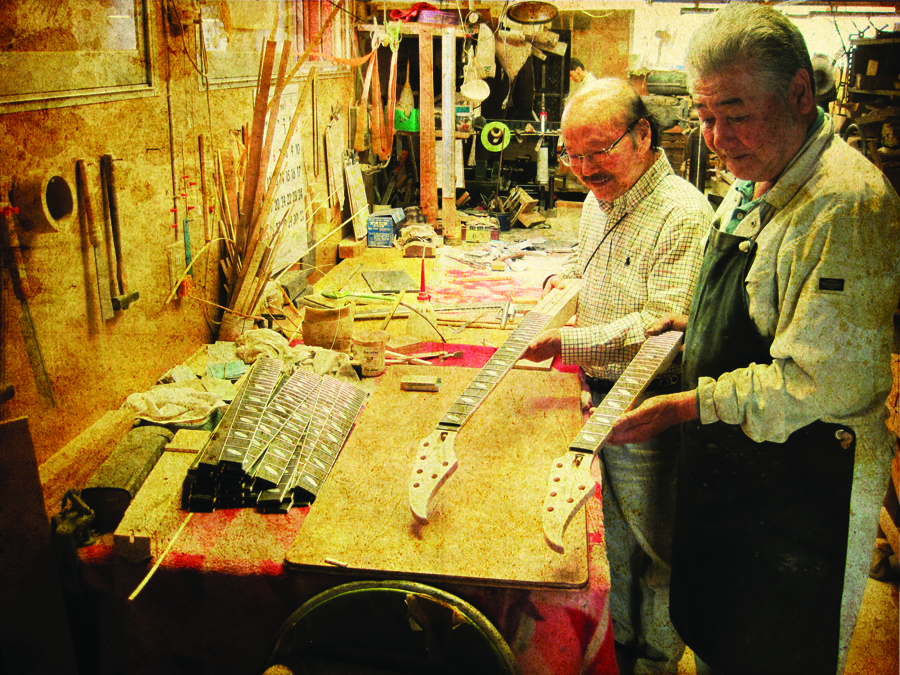

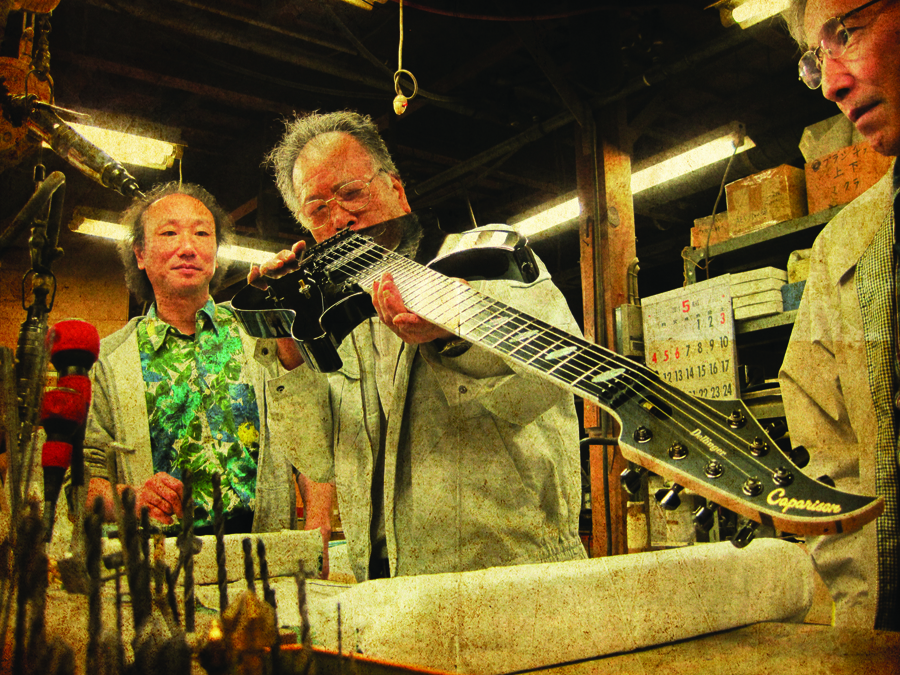
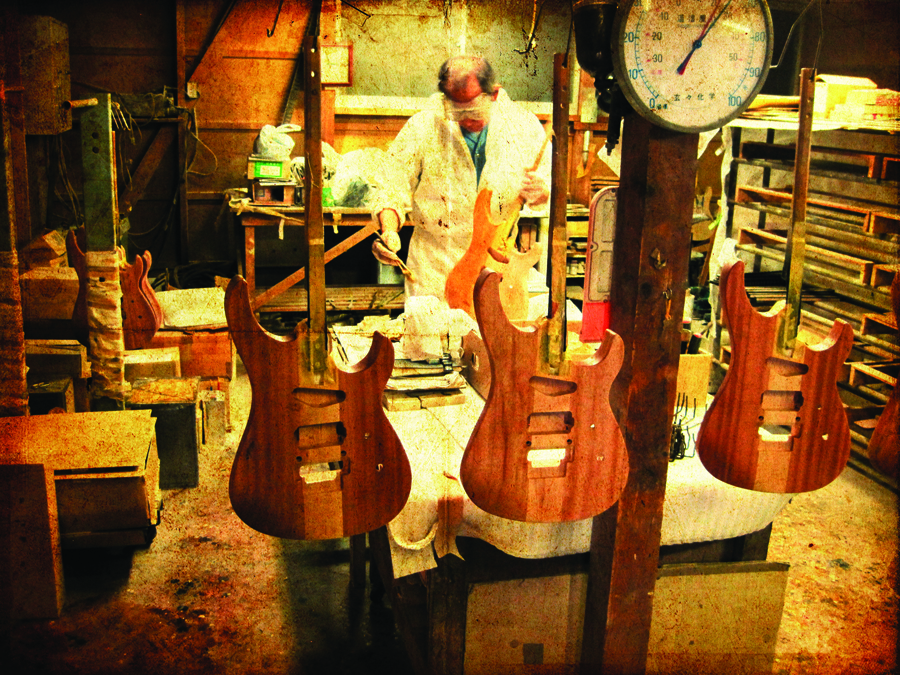
“What blew me away was that everyone wanted the curly maple top. People were calling, saying, ‘I’ve got to have the bird inlays’”: Paul Reed Smith on raising the Standard 24, finally cracking the noise-free guitar and why John Sykes is a tone hero
“It combines unique aesthetics with modern playability and impressive tone, creating a Firebird unlike any I’ve had the pleasure of playing before”: Gibson Firebird Platypus review










